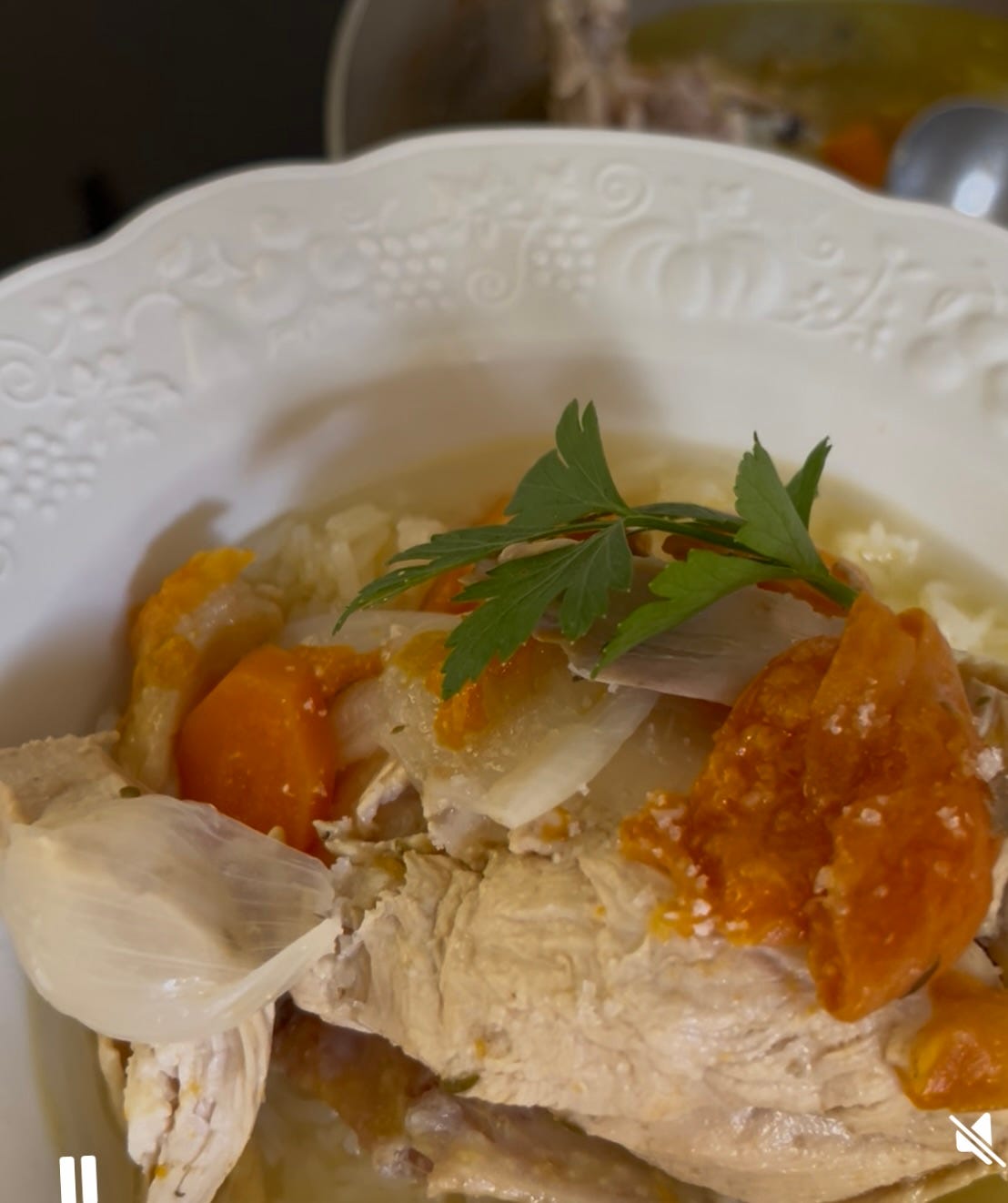When David Lebovitz, seasoned pastry chef, Francophile and expert on all things Parisian, was a boy growing up in Connecticut, he liked wearing groovy clothes. “My mother got Simplicity patterns and made outfits,” he said. “Including for me.”
Groovy perfectly describes the David I first met twenty-five years ago. He walked into my home as co-leader of a group that had come for lunch, his bleached blonde hair spiky, his clothing casual chic. He was quiet but beloved by the group members, who laughed at every comment and observation he made. I had no idea who he was, because then he was David, former pastry chef at Chez Panisse.
He sat next to me at the lunch table, making funny remarks under his breath and telling me his story, which involved moving to France from his current home in San Francisco. I was excited about that, but what really got me was when he looked at my daughter, then aged about a year old, and said, “She’s so pretty I’d like to candy her.” From then on, I knew we’d be friends.
The rest is pretty much history. David said he knew little about food in France, so I invited him to a cooking class. Adept with kitchen tools, imbibed with a ferocious curiosity, what he didn’t know he learned fast and strong. He was in the midst of creating a new life; what even he didn’t expect was to become the icon of culinary news and trends in Paris.
To describe David as unassuming is an understatement. He is still quiet, he answers questions willingly but keeps pretty much to himself, despite his vivid online presence. I asked him if he’d ever imagined his trajectory and he responded, “I’m not on a trajectory. I just work all the time.” According to him, his career is something of an accident that goes back to washing dishes in a restaurant when he was a teenager growing up in Connecticut, rather than a grand plan.
David’s parents were busy, his dad a lawyer and politician, his mother a fine artist. “We weren’t a food centric family,” he said. “Mom came home after work and rifled through her recipe box to pull out a recipe like chicken cacciatore. She wasn’t a creative cook, but she was a good one. Maybe she’d make green beans with almonds, or ribs in the oven with La Choy marinade.”
His dad grilled and made breakfast. “We ate together as a family, but dad’s constituents would often call so he’d be busy, and we always had the news on.”
His favorite dish growing up was chicken with bright orange, dried apricots. “The chicken was falling off the bone and the rice was cooked in chicken broth. It was super tangy, and I loved it,” he says. Along with anise flecked dry pretzels that he didn’t like at all, these were the only culinary influences he remembers from his Syrian grandfather.
More vivid food memories come from school lunches. “I loved codfish puffs, English muffin pizzas, and the Boston Cream pie they’d serve us,” he remembers. And then there were the Heyday cookies, the hot corned beef sandwiches from a place called Dino’s, and his Aunt Millie’s pot roast that he is sure included cocktail sauce. David also has memories of what he didn’t like. “Lobster,” he said. “I wouldn’t eat it. We’d have it at home, and my mother always made me butterflied, stuffed shrimp.”
What got him started cooking was his need for a job. “I was a film major in upstate New York, and I worked in restaurants to make money,” he said. “Oh, I tried a paper route but the adrenalin rush from a restaurant was more fun.”
When he got out of college, he did a backpacking tour of Europe. “In Turkey I met a woman from San Francisco and she said I could come stay with her there,” he said. So off he went. He got jobs in restaurants there, and found he liked the work enough that he decided he wanted to work in the best restaurant in the area. When he read the Chez Panisse cookbook, “It blew my mind,” he said. “I told myself I needed to work there. So, I walked in and all I got was that a chef yelled at me. He said something like ‘You can’t just walk in here and get a job.’”
So he went to work for Judy Rogers at Zuni Café as a prep and line cook. “I had no idea what I was doing,” he admitted.
Eventually he made his way to Café Fanny upstairs from Chez Panisse. “Somehow, I’d end up talking to the pastry people and a year after I started, there was an opening in pastry downstairs at Chez Panisse. A friend of mine and I both applied, and she got the job,” he said. “But then she decided to go somewhere else, and they hired me.”
“I knew my way around a kitchen because of my experience,” he said. “But I really trained on the job.” During his thirteen-year stint as pastry chef at Chez Panisse, he says, “Lindsay Shere taught me how to make pastry, and Alice Waters taught me flavor and taste.”
Those skills have brought David where he is now. “I don’t think of my career as a passion,” he said. “I do a lot of different things, such as Pilates. But I am always thinking about what I’m going to eat.” And, he says, he has the perfect job for his personality. “I kind of like staying at home. During Covid I laid on the couch in my pajamas and caught up on streaming shows. It was great!”
Yet David has his ear to the ground for what is new and trending, particularly in the Paris food world, as well as updating and promoting his books, testing recipes, continuing to refine his taste and, this year, working on a wine certificate. “I really want to know how to taste wine,” he said. “So, I’m taking an online class.”
Like many a cookbook writer, David cooks from his books. “Some of my favorite recipes are in Ready For Dessert (the updated version is due out in September). The cardamom cake and the ginger cake are two of my favorites,” he said.
Like David, these recipes are warm, homey yet refined, and difficult to categorize. And that’s what keeps him curious, lively, fun, and brand new.
What follows here is a rendition of David’s childhood favorite, Chicken with Apricots,inspired by his Syrian grandfather’s palate.
CHICKEN WITH APRICOTS
This recipe approximates the dish David described to me, with ingredients readily available now. It’s simple and delicious.
One 3-1/2 pound (1.75kg) chickens, cut into serving pieces
OR 6 chicken thighs, at room temperature
2 onions, diced
2 medium carrots, cut into ½-inch lozenge shapes
1 fresh or dried, imported bay leaf
20 sprigs fresh thyme
10 peppercorns (Tellicherry preferred)
2 teaspoons coarse sea salt, or to taste
1 cup (140g); dried apricots, preferably Blenheim variety
For the rice:
1-1/2 cups (285g) jasmine or regular white rice
2-1/4 cups (560ml) chicken stock
½ teaspoon fine sea salt, or to taste
Flat leaf parsley sprigs, for garnish
1. Place the chicken, the vegetables, and the herbs in a large stockpot, and cover by 2-inches with water. Add the salt, stir, and bring the water to a boil over medim-high heat. Reduce the heat so the water is simmering, partially cover and cook for 45 minutes. Add the apricots, stir, and cook until the chicken is tender and falling from the bone, about 1-1/2 hours total.
2. When the chicken and vegetables are cooked, turn the heat to low so the dish stays warm while you cook the rice.
3. Place the rice in a medium (3 quart; liter) saucepan. Measure out the 2-1/4 cups (560ml) broth for the rice (complimenting with water or chicken broth, if necessary), add the salt and set over medium-high heat.
4. When the water comes to a boil, reduce the heat to low so it is simmering very gently, cover, and cook for 20 minutes without looking at it. Remove from the heat and let the rice sit for 10 minutes, again lifting the cover or otherwise disturbing the rice.
5. To serve, place a mound of rice in the center of a wide soup dish, top with chicken and vegetables, pour a bit of cooking juices on and around it, garnish with parsley and serve.






What a lovely tribute to a lovely man ! David‘s humility and warmth makes you feel like you know him. I could just imagine sitting in his kitchen while he’s cooking chatting away. So approachable such a breath of fresh air.
I, too, made clothing for my daughter and son, and for their dad. Some to the garments are stored away. I sewed, and still do, for my grandchildren and myself. You get something unique when hand made.